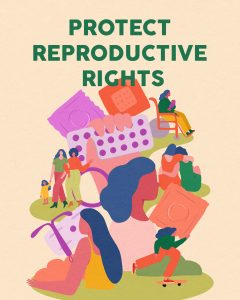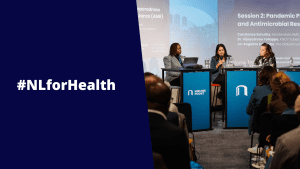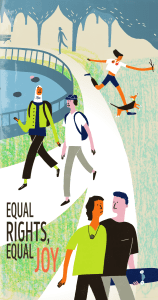Background Share-Net Netherlands is opening its call for abstracts for the 14th edition of Share-Net’s annualyoung researchers’ conference titled “Linking…
This fellowship from The Pleasure Project aims to provide more tools and skills for our selected fellows so that they…
This is the page for all the content we are producing for the 16 Days of Activism Campaign. We’ll be…
Photography by Joey Castro On Thursday November 7th, at International Institute of Social Studies (ISS), over 60 advocates for sexual…
Yesterday, the Dutch government announced a billion-euro reduction in funding for programmes supporting sexual reproductive health and rights (SRHR), gender…
We were thrilled to co-organize this event alongside incredible organizations and leaders in global SRHR, all united in advocating for…
On July 5th 2024 at the From Theory to Practice and Back: Anthropological Contributions to SRHR Futures Conference, Share-Net Netherlands…
In 1990, on May 17th, the World Health Organization’s decision to declassify homosexuality as a mental disorder marked a significant…
We are so excited to introduce you to the four new members of our Share-Net Netherlands Steering committee, check out…
Though the visibility of trans people is at an all-time high, sadly, many people still deny and demonize trans people…
By Al Albertson and Nicole Moran Today marks International Women’s Day, 113 years after it was first celebrated in 1911.…
Not Your Usual Subjects brings you fresh and unheard youth voices and perspectives on the ongoing COVID-19 pandemic and its…











